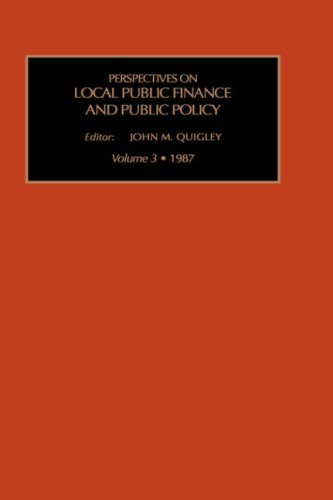Question
(1) You wish to retire in 10 years, at which time you want to have accumulated enough money to receive an annual annuity of $13,000
(1) You wish to retire in 10 years, at which time you want to have accumulated enough money to receive an annual annuity of $13,000 for 15 years after retirement. During the period before retirement you can earn 9 percent annually, while after retirement you can earn 11 percent on your money. What annual contributions to the retirement fund will allow you to receive the $13,000 annuity? Use Appendix C and Appendix D for an approximate answer, but calculate your final answer using the formula and financial calculator methods. (Do not round intermediate calculations. Round your final answer to 2 decimal places.)
Annual contribution=
(2) Mr. Dow bought 100 shares of stock at $17 per share. Three years later, he sold the stock for $23 per share. What is his annual rate of return? Use Appendix B for an approximate answer, but calculate your final answer using the financial calculator method. (Do not round intermediate calculations. Round your final answer to 2 decimal places.)
Annual rate of return % =
(3) Franklin Templeton has just invested $9,760 for his son (age one). This money will be used for his sons education 19 years from now. He calculates that he will need $35,235 by the time the boy goes to school. What rate of return will Mr. Templeton need in order to achieve this goal? Use Appendix B for an approximate answer, but calculate your final answer using the formula and financial calculator methods. (Do not round intermediate calculations. Round your final answer to 2 decimal places.) Rate of Return% =
(4) Juan Garza invested $103,000 5 years ago at 8 percent, compounded quarterly. How much has he accumulated? Use Appendix A for an approximate answer but calculate your final answer using the formula and financial calculator methods. (Do not round intermediate calculations. Round your final answer to 2 decimal places.) Future Value =
(5) Jack Hammer invests in a stock that will pay dividends of $3.15 at the end of the first year; $3.60 at the end of the second year; and $4.05 at the end of the third year. Also, he believes that at the end of the third year he will be able to sell the stock for $65.What is the present value of all future benefits if a discount rate of 8 percent is applied? Use Appendix B for an approximate answer, but calculate your final answer using the formula and financial calculator methods.
Dividend Present Value
$3.15
3.60
4.05
65.00
Total
(6) Rita Gonzales won the $44 million lottery. She is to receive $2 million a year for the next 17 years plus an additional lump sum payment of $10 million after 17 years. The discount rate is 9 percent. What is the current value of her winnings? Use Appendix B and Appendix D for an approximate answer, but calculate your final answer using the formula and financial calculator methods.(Do not round intermediate calculations. Round your final answer to 2 decimal places.) Present Value =
Step by Step Solution
There are 3 Steps involved in it
Step: 1

Get Instant Access to Expert-Tailored Solutions
See step-by-step solutions with expert insights and AI powered tools for academic success
Step: 2

Step: 3

Ace Your Homework with AI
Get the answers you need in no time with our AI-driven, step-by-step assistance
Get Started


